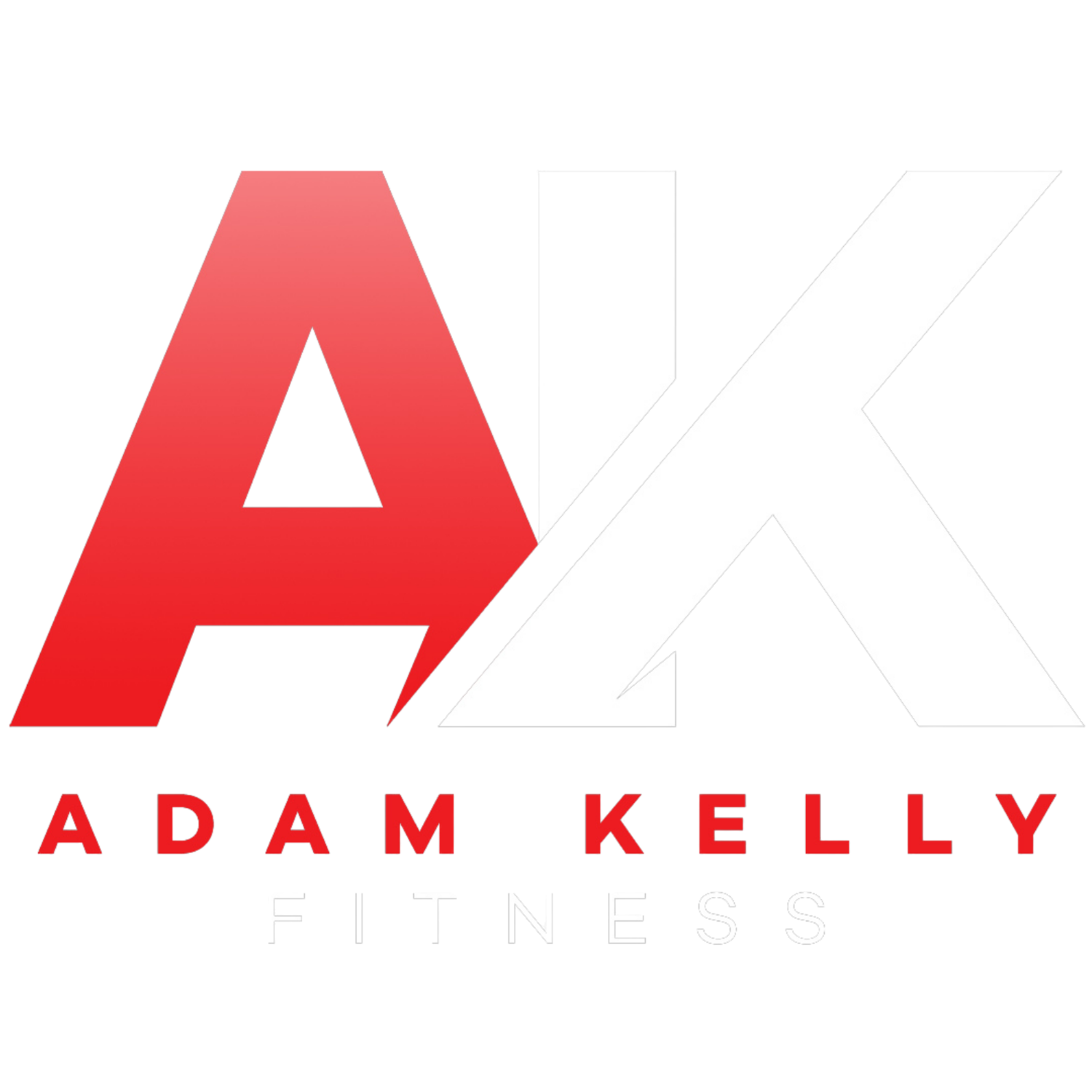Mastering Nutrition Labels: Making Smart Food Choices
When it comes to achieving your body transformation goals, proper nutrition plays a crucial role. Understanding the nutritional content of the foods you consume is essential for making informed decisions that support your muscle-building journey.
That's where nutrition labels come in. In this blog post, we'll delve into the art of mastering nutrition labels, equipping you with the knowledge to make smart food choices that align with your fitness goals.
Nutrition labels provide a wealth of information about packaged foods' composition and nutritional value. By examining these labels, you can gain insights into the macronutrients (carbohydrates, proteins, and fats), micronutrients (vitamins and minerals), and other important factors like serving sizes and calorie content.
By understanding and deciphering these labels, you can make informed decisions and create a balanced and nutritious diet that supports your muscle-building goals.
Key Components of Nutrition Labels
Serving Size: Pay attention to the serving size indicated on the label, as all the information provided is based on that specific amount. Be mindful of portion sizes to accurately assess your nutrient intake.
Calories indicate the amount of energy provided by a serving of the food. If you're aiming to lose weight or gain muscle, monitoring your calorie intake is crucial. Consider your overall calorie needs and adjust your portions accordingly.
Macronutrients include carbohydrates, proteins, fats and alcohol.
a. Carbohydrates: Look for total carbohydrates, which include dietary fibre and sugars. Aim for complex carbohydrates that provide sustained energy and fibre for digestive health.
b. Proteins: Pay attention to the protein content, as it's essential for muscle growth and repair. High-quality protein sources can help you meet your protein goals.
c. Fats: Assess the type and quantity of fats present. Aim for healthy unsaturated fats while limiting saturated and trans fats, as they can negatively impact heart health.Micronutrients: Nutrition labels often list important vitamins and minerals present in the food. These micronutrients are crucial for overall health and support various bodily functions. Look for foods rich in essential nutrients like calcium, iron, vitamin C, vitamin D etc.
Ingredients List: Don't forget to check the ingredients list to gain insights into the overall quality of the food. Ingredients are listed in descending order based on their quantity. Perhaps avoiding foods with excessive added sugars, artificial additives, and unhealthy preservatives would be smart.
Tips for Making Smart Food Choices
Compare Products: When shopping, compare different brands and options to find the most nutrient-dense choices. Look for foods that are lower in added sugars, sodium, and unhealthy fats while being rich in vitamins, minerals, and fibre.
Be Mindful of Portion Sizes: Keep in mind that the nutrient information on the label corresponds to the serving size mentioned. Adjust your portions accordingly to accurately calculate your nutrient intake.
Focus on Whole Foods: While nutrition labels are essential for packaged foods, remember to prioritise whole, unprocessed foods like fruits, vegetables, lean proteins, whole grains, and healthy fats. These foods often lack labels but are inherently nutritious and beneficial for muscle growth.
Plan and Prepare Meals: Take control of your nutrition by planning and preparing meals at home. This way, you have full knowledge and control over the ingredients and nutrient composition of your meals.
Mastering nutrition labels empowers you to make informed decisions about the foods you consume, supporting your body transformation journey.
You can make smart choices that align with your fitness goals by understanding serving sizes, calorie content, macronutrients, micronutrients, and ingredients. Remember to prioritise whole, unprocessed foods and create a balanced diet.
